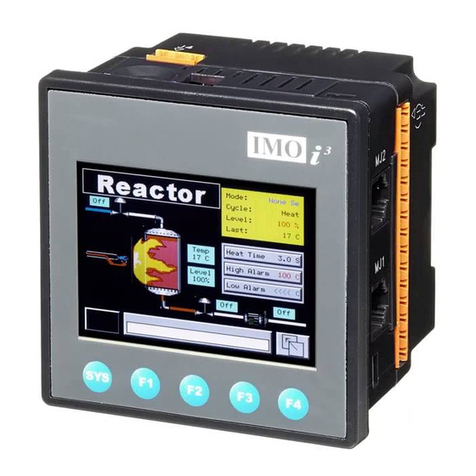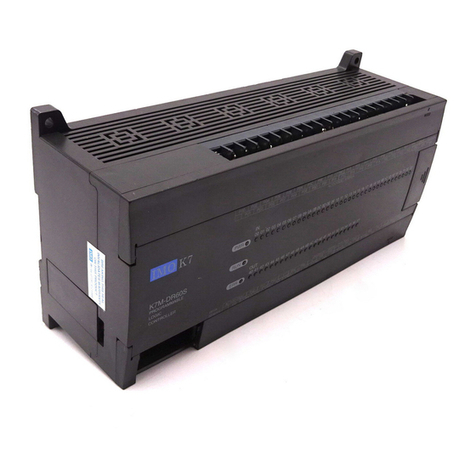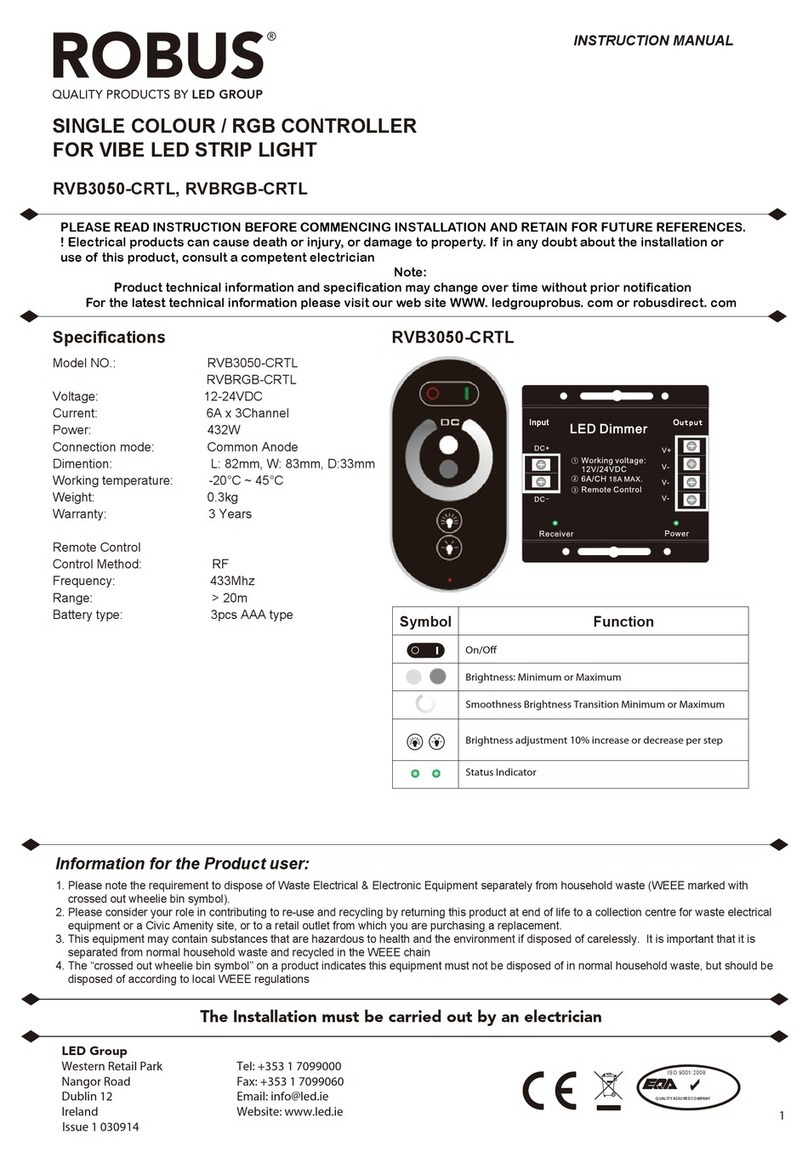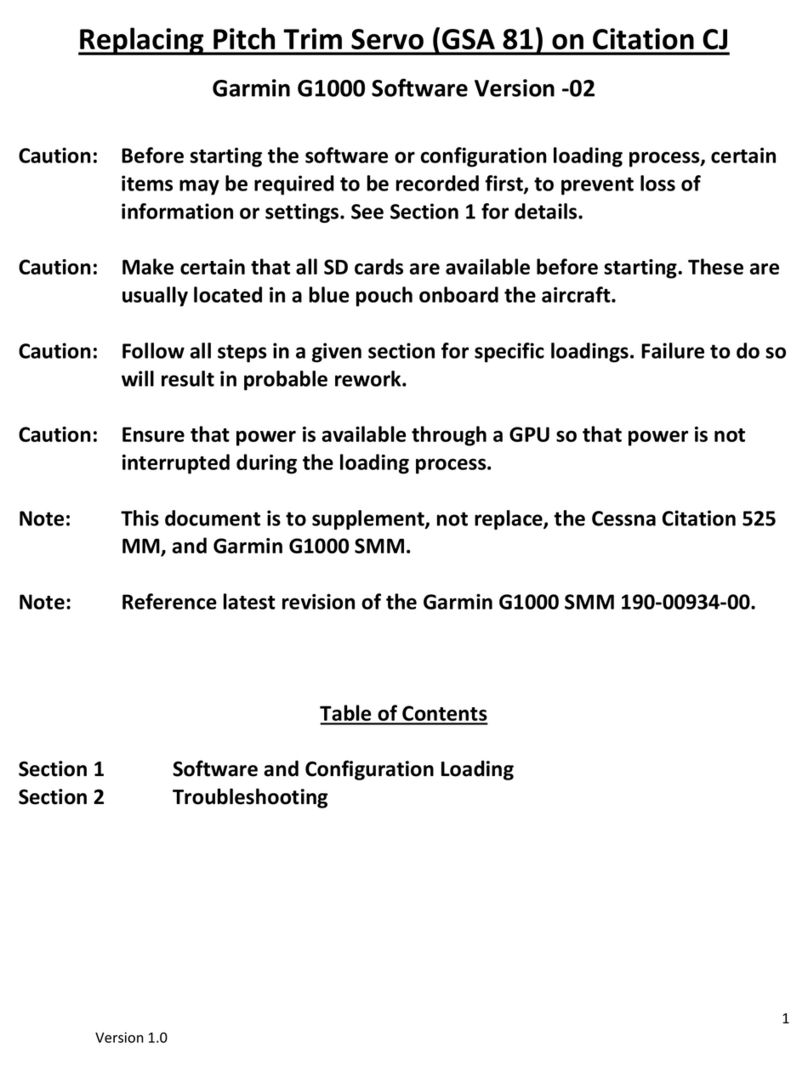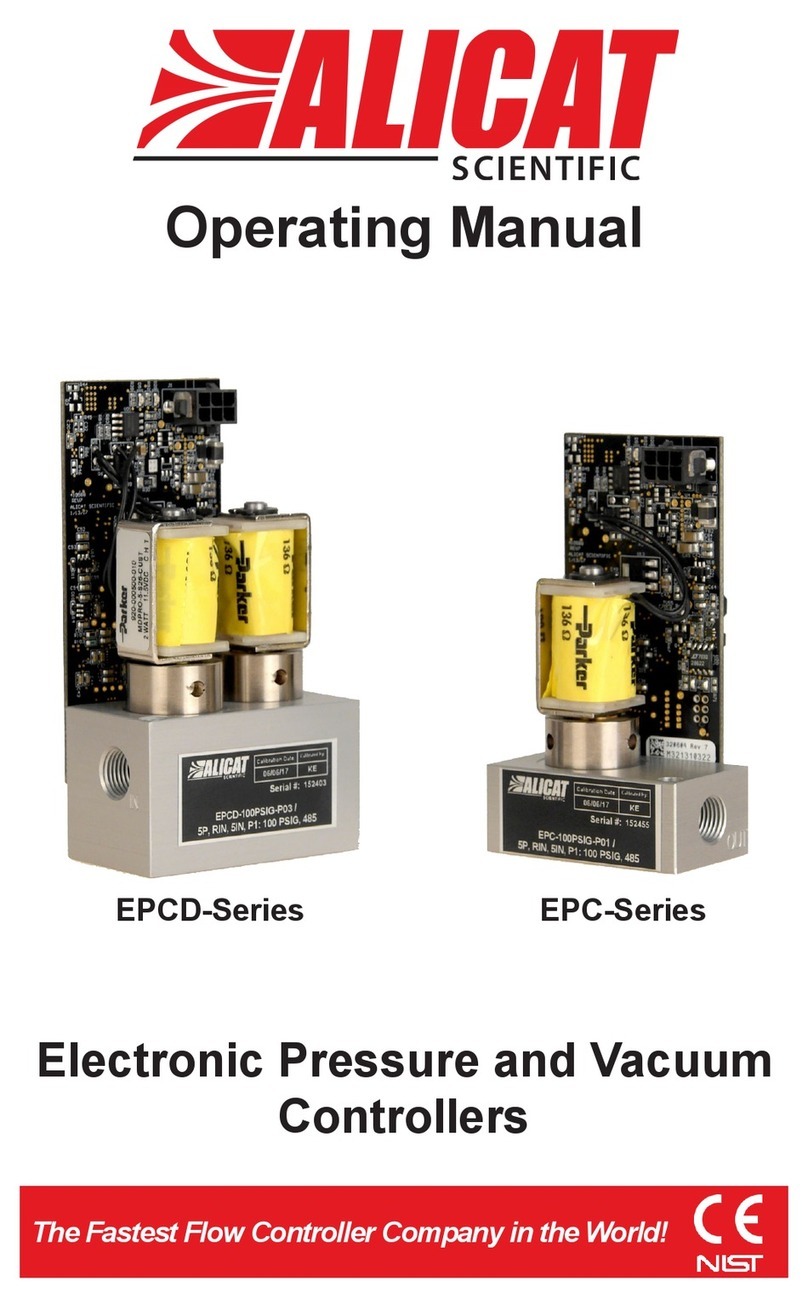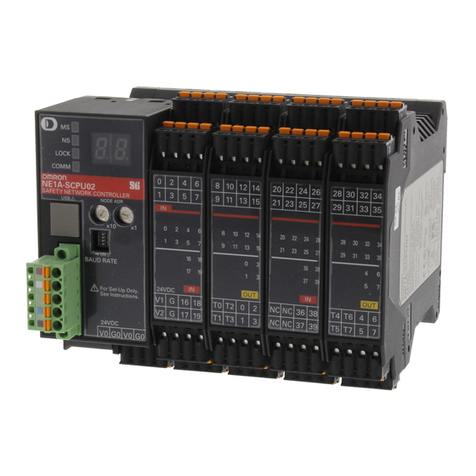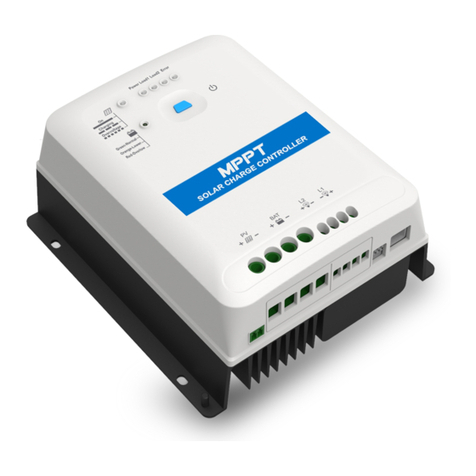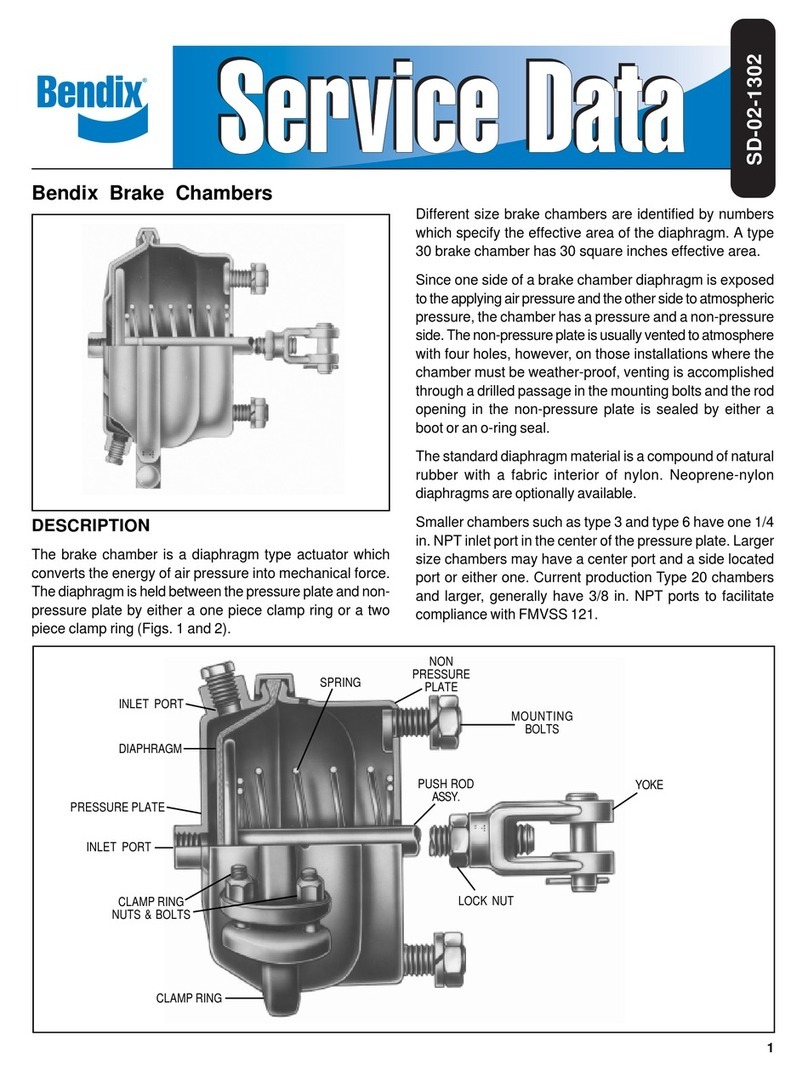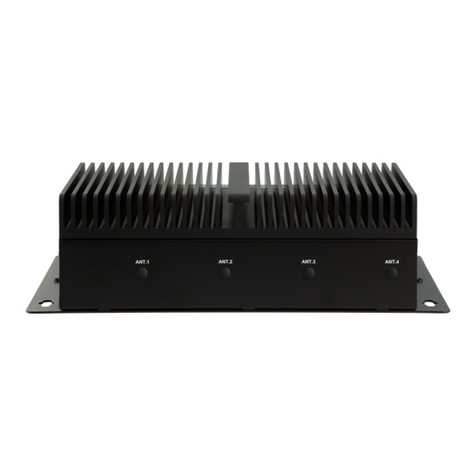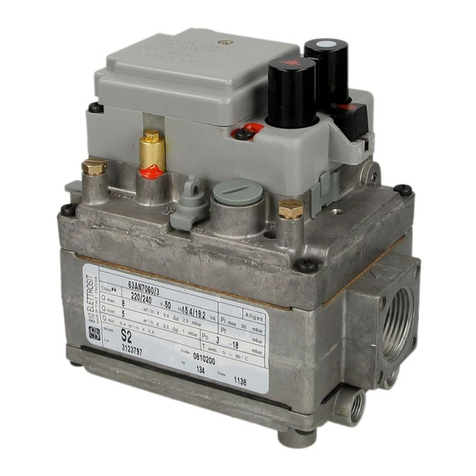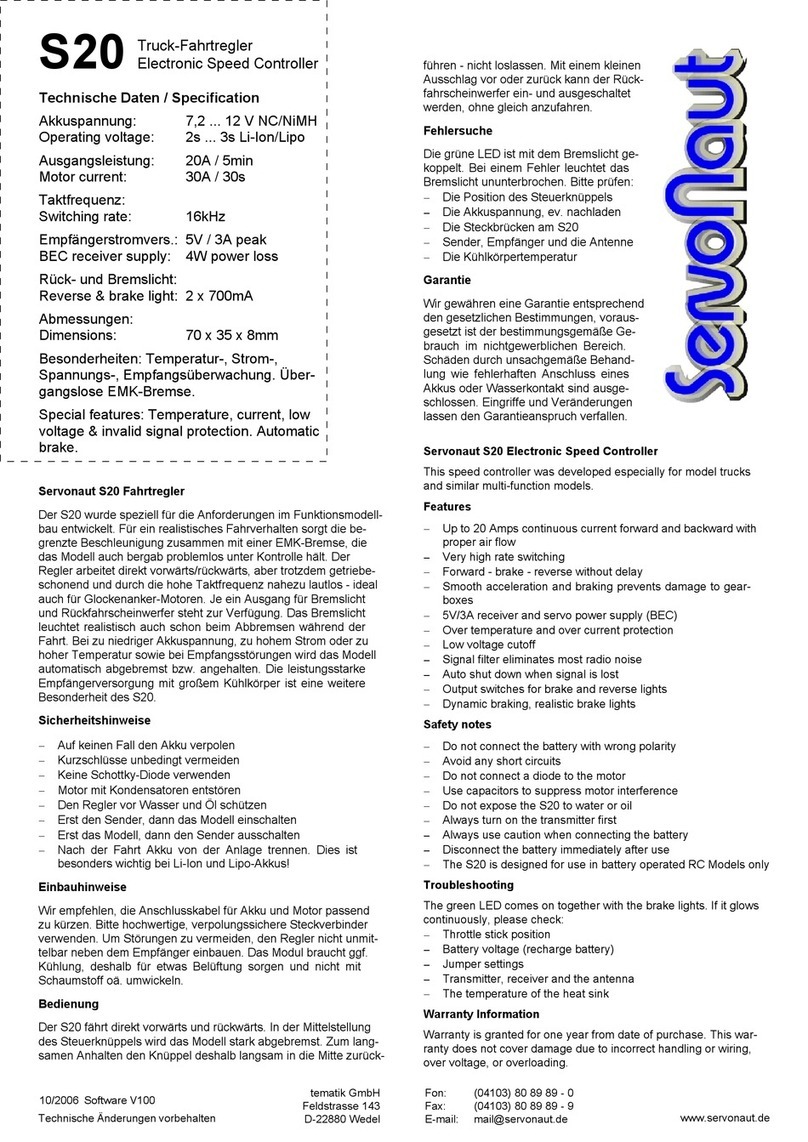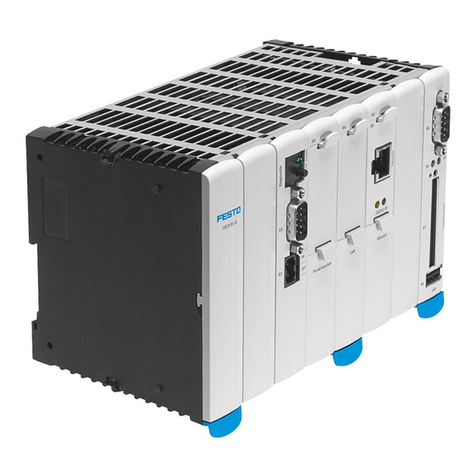IMO Precision Controls i3 Operation instructions

Modbus Master

Modbus Master
Table of Contents
Table of Contents..........................................................................................................2
Introduction...................................................................................................................3
i3 Modbus Map...............................................................................................................4
Protocol Configuration.................................................................................................4
Device Addressing........................................................................................................8
Ladder Logic Programming .........................................................................................8
Screen Editor Programming.......................................................................................10
Screen 1.......................................................................................................................10
Screen 2.......................................................................................................................10
Screen 3.......................................................................................................................11
Wiring Diagram ..........................................................................................................12
MJ2 Pins......................................................................................................................12
Running the Program................................................................................................12
©IMO Precision Controls Ltd. 2

Introduction
The purpose of this tutorial is to demonstrate the Modbus Master communication
functions of the i3. Modbus has been an industry standard for many years with more
and more devices being Modbus enabled. Thus almost any device from Pressure
transducers, to remote I/O and inverter drives can be controlled by an i3.
In this tutorial we will demonstrate the i3as a Modbus master, controlling a network
of Modbus devices. The i3 can read and write to and from single and multiple registers
and is easily configured.
We will demonstrate the i3 as a Modbus master controlling 2 Modbus slave enabled
devices: an IMO Temperature controller and an IMO Jaguar Inverter Drive.
We will read and write the set point and current temperature to a DTP40A and read
and write the Frequency, and start and stop the Jaguar inverter.
Master. Station # :0 Slave 1. Station # : 1 Slave 2. Station # : 2
Network Parameters: Baud Rate 9600
Data bits 8
Stop bits 2
Parity None
RS485, two wire.
Please note the Drive and temperature controller will both have to have their own
parameters set up to accept the Modbus communication and network parameters.
Refer to the individual product manuals for this information.
www.imopc.com 3

Modbus Master
i3Modbus Map
Modbus Master Mapping
Internal
Reference Maximum
Range
Traditional
Modbus
Reference
Expanded
Modbus
Reference Modbus Command(s) Modbus
Offset
%Q1 2048 00001 000001 00000
%M1 2048 03001 003001 03000
%T1 2048 06001 006001 06000
%QG1 256 09001 009001
Read Coil Status (1) Force
Single Coil (5) Force
Multiple Coils (15) 09000
%I1 2048 10001 100001 00000
%IG1 256 13001 103001 03000
%S1 256 14001 104001 04000
%K1 256 15001 105001
Read Input Status (2)
05000
%AI1 512 30001 300001 00000
%AIG1 32 33001 303001 03000
%SR1 32 34001 304001 Read Input Register (4) 04000
%AQ1 512 40001 400001 00000
03000
%R 9999 (Previously 43001
for 2048 registers) 410001 06000
%AQG1 32 46001 406001
Read Holding Registers (3)
Preset Single Register (6)
Preset Multiple Registers
(16) 10000
Protocol Configuration
The Modbus master is configured in the Program drop down menu.
We can then configure the programmable ports
of the i3. Select either Port 1 or Port 2, however
it is easier in this case to configure port 2 and
leave port 1 to solely programming. Each port
can have different protocols and therefore the
i3can be utilised as a data exchanger.
To configure the i3as a Modbus Master select
the protocol.
©IMO Precision Controls Ltd. 4

The Modbus master protocol utilises the Modbus function codes 03 to read single and
multiple registers, 10 to write to multiple registers and 06 to write to single registers.
Most Modbus slave devices only use the function codes 03 to read and 06 to write.
Therefore the i3 can communicate with any Modbus enabled device.
Now the protocol has been selected the 3 buttons can now be selected. Start by setting
up the network.
The network has to match the slowest device, so checking the equipments’
capabilities before setting up the network is essential. All devices on the network must
be configured to the same parameters.
In this small example the Network parameters to suit all devices will be:
Baud Rate = 9600, RS485 (Half Duplex), Modbus RTU, 8 data bits, 2 stop bits.
Protocol
help can be
accessed
here by
pressing
the button.
Once
complete
p
lease click
the OK
button.
To see the
status of
the network
assign a
%R register
here.
www.imopc.com 5

Modbus Master
Now that the Network has been set up we need to add the slave devices. Select the
Devices button to open up the editor.
This screen
will initially be
b
lank until you
set it up. To
add devices
click on the
Add button.
Enter a name for the device
and assign it a Modbus
address (1-255)
Some slave devices require
special options.
Just like in the network the
individual devices can have a
register set up to monitor and
control the status information
of the device.
Set up the two IMO devices to be:
Temperature Controller: ID 1, status register %R10.
VXM Inverter Drive: ID 2, no status register.
Once the devices have been set up click OK and set up the addresses of the two
devices we are going to read and write to. Select Scan List.
©IMO Precision Controls Ltd. 6

Select the Modbus device
register address and the
length of the data
The data in the device
address will be stored in
the i3locally where
specified in a particular
register
The type command and
update type are define
here. Whether the data is
read or write and polled
always or triggered on a
b
it.
In the Temperature controller we want to Read the Current Value (CV) and write to
the Set Point (SP). These addresses are:
We are going to read and write to similar in the VXM Drive. We want to read the
current frequency, write the set point, but also start and stop the drive. The associated
addresses are:
www.imopc.com 7

Modbus Master
Device Addressing
Function Device Modbus Address i3 Local Register
Set Value DTP40A 40002 %R3
Present Value DTP40A 40129 %R1
Set Frequency VXM 41797 %R4
Current Frequency VXM 42057 %R5
Start Drive VXM 01798 %M01
Ladder Logic Programming
Now that the protocol has been configured. We need to control the process. The user
will be able to set the desired temperature in the PID controller and then the i3 will
drive the VXM that controls a fan. The user can enter the frequency at which the
inverter will drive and also check the communication status of the network.
With the protocol set up in the Protocol Config, for the communications all we are
required to do is to open the port. Click the “open port” icon from the
Communication functions menu and insert it in a rung with an “always on” contact
Enter the details as shown opposite to
configure the port to the desired
communication parameters.
©IMO Precision Controls Ltd. 8

Next we have to enter the logic to control the fan for the reading of the temperature
controller. If the Present Value is greater than the Set Point then we need the fan to
switch on.
Select the Greater than icon from the Compare functions menu and insert it in a rung
with a N/O contact assigned to “always on”. Set up the function so that the inputs are
PV and SP. Have the output of the function driving a bit, %M1 named “Auto_Fan”.
Lastly we need to insert the logic for the manual override. The user will be able to
switch on the fan even when the temperature doesn’t demand it. To do this we are
going to “OR” the Auto_fan bit with a Man_Fan bit that then operates the Drive_Fan
bit, that is communicated to the VXM drive.
Insert a N/O contact and assign to %M1. using the Vertical line tool draw two
lines and the beginning and end of the previous contact. Insert a N/O contact in the
gap just created and assign to %M2. Connect this OR gate to a N/O coil and allocate
to %M3.
That is all the ladder logic required, thanks to the protocol config option.
www.imopc.com 9

Modbus Master
Screen Editor Programming
We need to set up three screens:
1. For entering the set point temperature and monitoring the present temperature
2. Frequency entry to the drive and manual override operation of the drive.
3. Communication status monitoring.
Screen 1
Insert a static text item an edit the legend to display “Cooling Fan Control”. Next add
two numeric data function. Assign the one to SP, with the following parameter
settings: digits set to two, limits 0-99, engineering units ‘degrees Celsius’ and
editable. Assign the second numeric function to PV with the same basic parameters,
except that it will not be editable. Finally insert a screen jump button, editing the
legend to display “Manual Override”, jumping to screen 2.
Screen 2
On screen two the user will be able to monitor the output frequency of the drive, set
the frequency to the drive and manually start the drive if need be.
Insert two numeric functions. The first will be editable and assigned to “Set_Freq”,
with parameters of: 4 digits, limits of 0 – 9999, legend = “Set”. The second will be
assigned to “Read_frq”, with the parameters of: non-editable, 4 digits, limits of 0-
9999 and a legend displaying “Actual”.
Finally there will be two screen jumps, one to return to the previous screen and the
second to jump to the communication status screen.
©IMO Precision Controls Ltd. 10

Screen 3
The third and last screen will display the communication status of the two devices as
set up in the protocol config.
Place two numeric data functions on the screen and one screen jump function two go
back to the first screen.
Assign one numeric function to the temperature controller status and the second to the
drive status, both will be none editable. Enter a static text field to inform the user of
what screen they are on.
www.imopc.com 11

Modbus Master
Wiring Diagram
We are using Port 2 on the i3 as a RS485, 2 wire to connect to the PMU330TT. The
wiring for this is as follows.
Port 2 connections. Pin MJ2 Pins
8 TXD OUT
7 RXD IN
6 0 V Gnd
5 N/C N/C
4 TX- OUT
3 TX+ OUT
2 RX- IN
1 RX+ IN
i3 to DTP40A & VXM / iDrive
Termination
resistor
MJ2
A
A
B
B
Factory Use
RS-485 Terminatio
n
for MJ2
RS-485 Terminatio
n
for MJ1
Remember to
connect the RS-
485 termination
j
umper as shown
Running the Program
Please connect the network as shown. Also note that the temperature controller and
drive need to have their communication parameters set appropriately.
Please use the program: Modbus_master.csp by clicking on the paperclip below.
©IMO Precision Controls Ltd. 12

www.imopc.com 13
Other manuals for i3
2
Table of contents
Other IMO Precision Controls Controllers manuals
